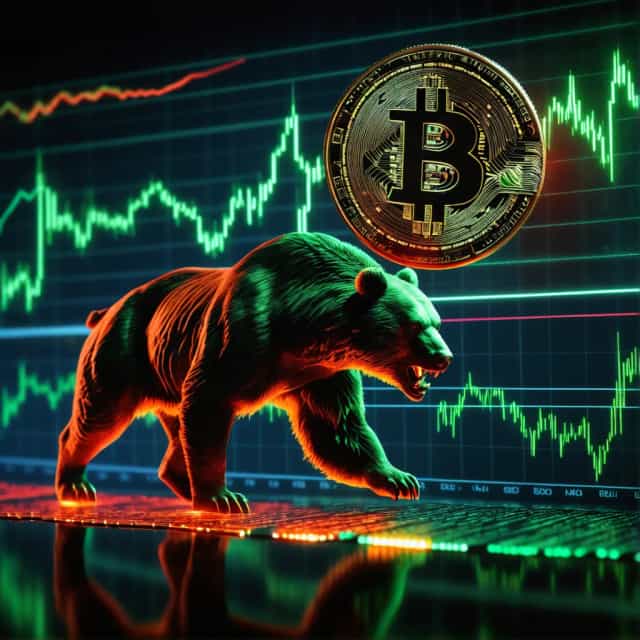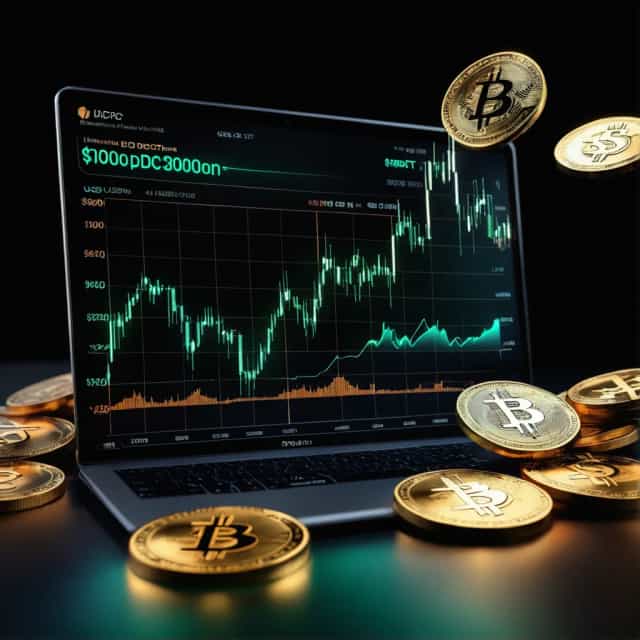
출처: Block Media
Stablecoin Market Cap Surpasses $300 Billion: A Comprehensive Analysis of Rapid Growth in the Crypto Ecosystem
The stablecoin market has hit an unprecedented milestone, achieving a market capitalization of $300 billion (approximately 410 trillion Korean Won). This remarkable surge represents a 46.8% growth year-to-date, reflecting the intensifying demand for stablecoin solutions within the rapidly evolving cryptocurrency landscape.
Stablecoin Market Shows Explosive Growth
Tracking data from DeFi analytics firm DefiLlama, revealed by Cointelegraph on October 3, highlights the exceptional performance of the stablecoin sector in 2023. The second half of the year has proven particularly dynamic, with the issuance of new stablecoins accelerating the overall pace of expansion and driving greater competition across the board.
This monumental growth builds upon last year’s progress; the stablecoin sector grew 58% in 2022. Matching or surpassing this growth rate requires an additional $23 billion in capitalization by year’s end. Given the $40 billion inflow during Q3 alone, the industry appears poised to achieve this target effortlessly.
Key Stablecoins Fueling Market Success
Leading stablecoins such as Tether’s USDT, Circle’s USDC, and Ethereum-based Etana’s USDe have played pivotal roles in the market's expansion. Particularly noteworthy is USDe, a unique interest-bearing stablecoin whose market cap has skyrocketed from $6 billion in January to $15 billion by October 2023—a staggering increase of over 150%.
These flagship stablecoins continue to dominate due to their diverse use cases, from facilitating DeFi transactions to offering price stability and utility in tokenized asset systems. Their reliability and innovation ensure their status as cornerstones within the cryptocurrency ecosystem.
Network Contributions: Ethereum Dominates, Solana and Emerging Platforms Shine
From a blockchain perspective, Ethereum retains its position as the leader in stablecoin circulation. For 2023, Ethereum-based stablecoins reached an aggregate supply of $171 billion, marking a robust 44% year-over-year increase. Ethereum’s unparalleled liquidity and integration with DeFi platforms have been instrumental in sustaining its dominance.
Other networks are experiencing exceptional growth as well. Solana (SOL) experienced a 70% surge, with blockchain-based stablecoin circulation climbing from $4.8 billion to $13.7 billion this year. Similarly, new-generation platforms like Arbitrum (ARB) saw growth of 70%, while Aptos (APT) outperformed with a remarkable 96% jump. These up-and-coming networks reflect broader adoption and innovation, diversifying the ecosystem beyond Ethereum.
What’s Next for the Stablecoin Industry? Bigger Milestones Ahead
Industry leaders and analysts are optimistic about the future of stablecoins. Aryan Sheikhalian of CMT Digital emphasized how the $300 billion milestone signals the sector’s growing maturity. "This is just the beginning. A market size of $500 billion, or even $1 trillion, is achievable in the near future," Sheikhalian stated, underscoring the enormous growth potential of the stablecoin sector.
Sheikhalian pointed to major consumer adoption as a potential game-changer. "The moment that retailers like Amazon or Walmart issue proprietary tokens or begin accepting stablecoin payments, it will revolutionize the entire structure of consumer finance," he remarked. Such developments could further cement stablecoins as integral components within both the crypto and traditional financial industries.
Conclusion
The stablecoin market’s unprecedented rise to $300 billion signals a transformative shift not only within the cryptocurrency world but also in global finance more broadly. With key players like Ethereum, Solana, and emerging platforms driving growth, and flagship coins like USDT, USDC, and USDe leading the charge, the industry seems primed for explosive expansion. As technological advancements and mainstream adoption continue to unfold, the stablecoin sector stands on the cusp of becoming a trillion-dollar market, reshaping the foundations of consumer finance and digital payments forever.










